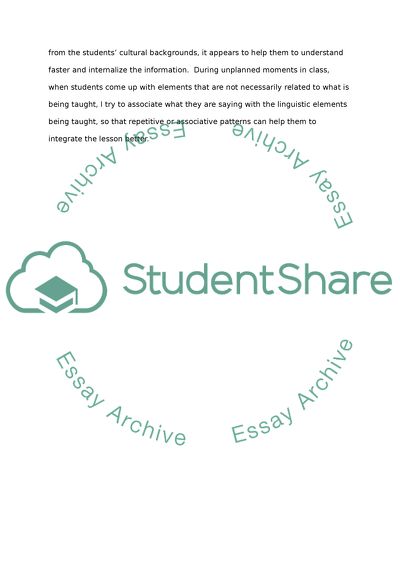Retrieved from https://studentshare.org/miscellaneous/1408090-language-as-individual-cognition-the-role-of-input-interaction-and-output
https://studentshare.org/miscellaneous/1408090-language-as-individual-cognition-the-role-of-input-interaction-and-output.


